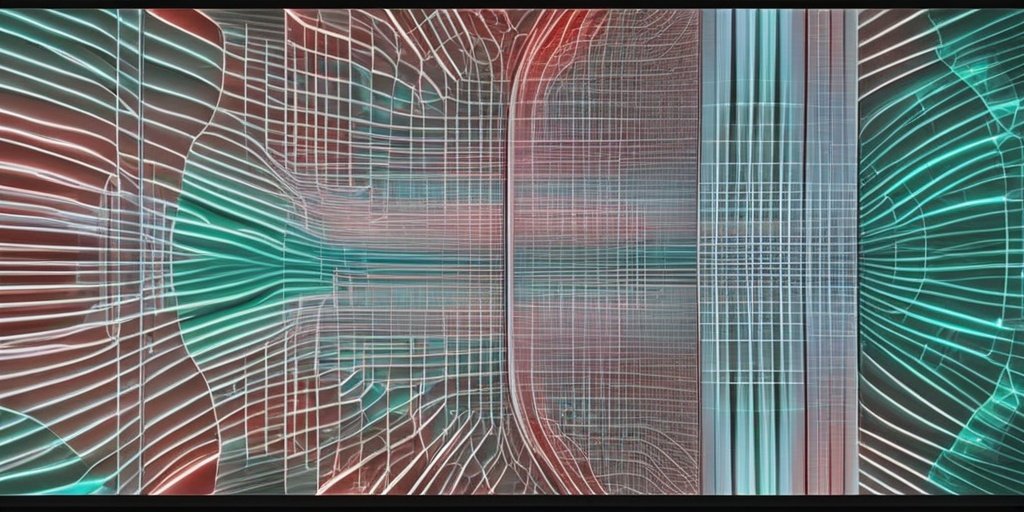⚡ Quick Summary
This study investigates the recognition of Parkinson’s and cerebellar symptoms through spiral and line drawings, revealing that spiral drawings significantly outperform line drawings in diagnostic accuracy. The findings suggest that combining both drawing types enhances recognition, particularly when pin pressure data is included.
🔍 Key Details
- 📊 Subjects: Drawings recorded from the same individuals exhibiting symptoms.
- 🖌️ Drawing Types: Spiral and line drawings.
- ⚙️ Technology: Deep learning models for feature extraction.
- 📈 Statistical Analysis: Mann-Whitney U test with a significance level of 0.05.
🔑 Key Takeaways
- 🌀 Spiral drawings significantly outperformed line drawings (p-value: 0.001).
- 🔗 Combining drawing types improves recognition when pressure data is available (p-value: 0.017).
- 📉 No performance degradation is expected without pressure data (p-value: 0.507).
- 🖊️ Spiral is recommended as the primary drawing method for assessment.
- 🤝 Multi-modal approaches can enhance diagnostic confidence.

📚 Background
Recognizing neurological diseases such as Parkinson’s disease and cerebellar dysfunction can be quite challenging without reliable diagnostic tools. Traditional methods often rely on subjective assessments, which can lead to inconsistencies. This study aims to explore innovative approaches using drawing modalities to improve diagnostic accuracy and reliability.
🗒️ Study
The research involved generating images from raw drawing data, both with and without pin pressure data. The study compared the effectiveness of spiral and line drawings in recognizing symptoms of Parkinsonism and cerebellar dysfunction. By employing deep learning models for feature extraction, the researchers aimed to enhance the classification process.
📈 Results
The results indicated that spiral drawings significantly outperformed line drawings in terms of diagnostic accuracy, with a p-value of 0.001. Additionally, when both drawing types were combined, the recognition improved, particularly when pressure data was included (p-value: 0.017). Interestingly, the absence of pressure data did not lead to a significant decline in performance (p-value: 0.507).
🌍 Impact and Implications
The implications of this study are profound, as it highlights the potential of using drawing modalities as a diagnostic tool for neurological diseases. By adopting a multi-modal approach that includes both spiral and line drawings, healthcare professionals can achieve more accurate and confident diagnoses. This could lead to earlier interventions and improved patient outcomes in the management of Parkinson’s and cerebellar disorders.
🔮 Conclusion
This study underscores the importance of innovative diagnostic tools in recognizing neurological diseases. The findings advocate for the use of spiral drawings as a primary method, while also suggesting that combining different drawing types can enhance diagnostic accuracy. As we continue to explore these methodologies, the future of neurological assessments looks promising, paving the way for more effective patient care.
💬 Your comments
What are your thoughts on using drawing modalities for diagnosing neurological conditions? We would love to hear your insights! 💬 Share your comments below or connect with us on social media:
Assessing parkinsonism & cerebellar dysfunction with spiral & line drawings.
Abstract
BACKGROUND AND PURPOSE:
Recognising neurological diseases is challenging without accurate diagnostic tools. Therefore, many approaches have been taken to recognise and evaluate these diseases through speech, movement, or drawing modalities.
The purpose of the study is to compare the recognition of Parkinson’s and cerebellar symptoms using spiral and line drawings recorded from the same subjects. We also investigate the importance of pin pressure in classification. Furthermore, an attempt is made to use the two types of drawings together for more accurate classification.
.
METHODS:
Images were generated from the raw data with and without pressure data. We then performed classification with the help of pre-trained and own deep learning feature extraction models. Mann-Whitney U test is used to test the significance of the results with a 0.05 significance level.
.
RESULTS:
The results showed that spiral drawings significantly performed better than lines (p-value: 0.001). Furthermore, combining the two types of drawings improves recognition when pressure is available (p-value: 0.017). However, no performance degradation can be expected without pressure data using one drawing task (p-value: 0.507).
.
CONCLUSION:
The spiral is recommended as the primary drawing, but combining multiple drawings can contribute to a more confident recognition. By excluding pressure, no significant decrease is expected in the model’s performance.
.
Author: [‘Jenei AZ’, ‘Valálik I’, ‘Sztahó D’]
Journal: Ideggyogy Sz
Citation: Jenei AZ, et al. Assessing parkinsonism & cerebellar dysfunction with spiral & line drawings. Assessing parkinsonism & cerebellar dysfunction with spiral & line drawings. 2024; 77:407-415. doi: 10.18071/isz.77.0407